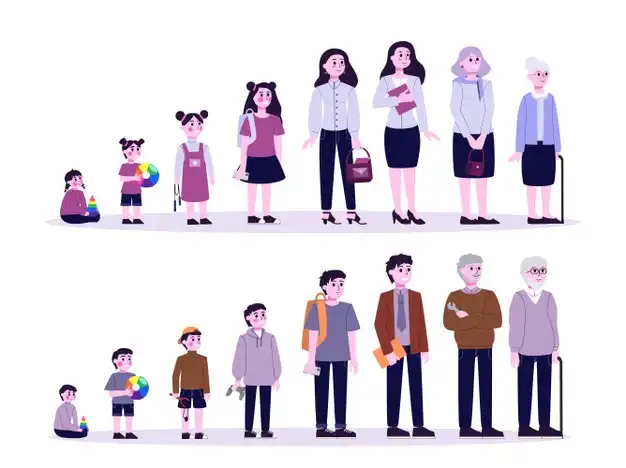DRF Response – A Gentle Introduction – Part One
DRF offers the DRF response class which is basically a nicer way to respond to a DRF request. Analogously, you can think of a DRF response as what you receive from a shopkeeper when you make a purchase.
As you can see on the image above, there are different devices, which you can watch Netflix on, BUT they have a different underlying architecture. However, for some reason, you binge on the same shows, well, that is what a DRF response can do.
The power of DRF Response is often underestimated BUT on this awesome day, we will be unveiling just how powerful it is with an awesome analogy. So, what are the building blocks of a DRF response? Without further ado…. let’s get started!
How to understand DRF Response.
An easy way to understand a DRF response is to think of how you would go about explaining the same concept to people of different age groups. You can see an analogy coming through, right?
So, I want you to think of this simple task that you have been given:
Explain what gravity is to people of these career groups:
- kindergarten
- middle school
- senior school
- university
- working class
- post-working class (the PHD guys)
Clearly, you would need a different way to explain gravity to each of the individuals in the above career groups, yeah, going to kindergarten is also a career!

Now that you have thought of it, you see that you will be needing a different explanation so as to make it clear to each person in the above group. Yeah, you are thinking it…. That is what a DRF response does exactly! It works hand in hand with DRF content negotiation to return the right data given a given context.
So, what is Gravity as far as DRF Response is concerned?
We will now begin breaking down the different steps and things you will need to know in order to fully explain gravity, to each group above. This will make it simple to get an understanding DRF response plays in making this easier between machines!

Data
The data in this case is the term gravity, you have to explain this. Well, but there is a catch, you have your own understanding of gravity, but your audience does not! So, you will have to create the correct explanation for each of your audience. For example:
- kindergarten – gravity is what pulls things down.
- middle school – holds the atmosphere and everything in place.
- senior school – there is this guy called Newton who came up with the various laws of gravity.
- university – well, you can come up with another explanation.
- working class – another complex explanation.
- post-work – a force that makes black-holes impervious to light itself!

You can see, each group needed a different explanation for it to understand gravity. So, DRF Response does exactly the same thing. It will receive python primitive data types and then convert these into the right response that can be consumed by the DRF request origin.
You noticed I stated python primitive data types, there is a reason for this. This is because DRF Response does not understand complex data types other than the primitive python data types (lists, numbers, strings etc).
Therefore, if you have a Django object for example, of something like a Mongo DB object, these have got to go! Yeah, they need to be converted into primitive types, a process called marshaling, which is done using DRF serializers, topic for another day of course. Aaaaah, you are starting to get the hang of it, kudos, now you are enlightened enough to explain to a kid what data is in a DRF response!

Status
Well, at times we do not really have answers to what gravity is, as much as we hate to admit it, we just have to respond with, answer not found! Consider this example, you have been asked to explain gravity to a toddler, well you have no idea how to do this, so you just save it for when the toddler is ready for the world. Here, you send a 404 – answer not found at the moment, so you just put them to sleep and wait ten to 15 years to revisit this!

However, for other age groups, you can be able to give them the response there and then, thus a 200 response. But sometimes, you may give the wrong explanation, 500, you had an internal server error you yourself.
As you can see, a response’s status will tell the client the validity of your answer.
So, that concludes this part of the DRF request tutorial, we have an exciting part two of the same coming up soon! See you then!